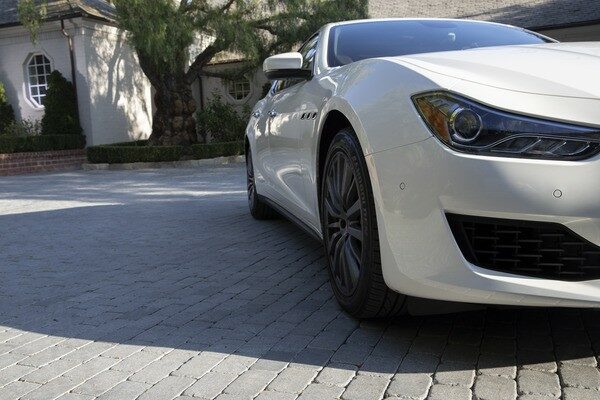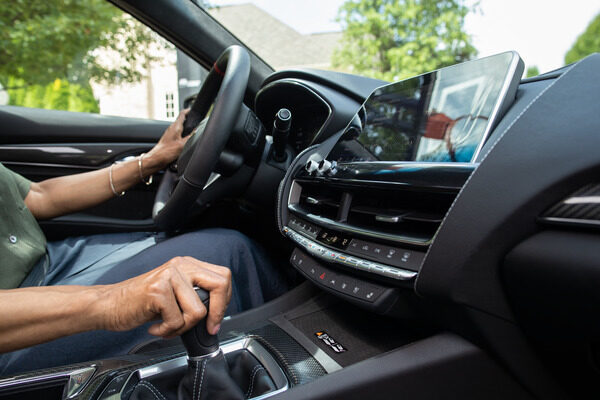
Lately, much fuss has been made about the collector car market’s current state, with opinions ranging from wildly optimistic to downright dire. The market, of course, isn’t necessarily a unified entity, which means one can find evidence to support a particular stance, even when those stances may be conflicting. An objective look shows that the majority of cars published in Hagerty Price Guide book 30 held their value, with the strongest segment being cars valued below $100,000—the bracket covering perhaps 95% of the collector cars on the road.
Of course, just because the market isn’t on life support doesn’t mean it isn’t catching its breath—it has been in a full sprint for the past three years after all. While the entry level is vibrant, the market at large is clearly transitioning. This Hagerty Price Guide shows that the average price increase was the lowest it has been since May 2009. Secondly, more models declined in value than any time since January 2014. The upswings just weren’t as big this time around and downswings were more common.
One of the clearest signs of a shifting market can be seen among Hagerty’s collector car indices. Of the seven primary indices Hagerty publishes, the top three (Blue Chip, Ferrari, and German) all lost ground for the first time in more than six years. Granted the changes were minimal (-1%, -1%, and -2% respectively), but any move downward is in stark contrast to the radical growth these segments were recording. The remaining four indices all increased by 1% or less.
Another sign of a shifting market is in the top moving cars. Over the past several years, the biggest gainers were nearly all Ferraris, Porsches and more modern exotic and sports cars. This time around the list is much more diverse, and skews to more affordable price levels.
Biggest Movers
Here is a selection of the biggest movers in this volume:
- 1959-65 Abarth 2200 Allemano Convertible 79%
- 1991-92 Pontiac Firebird SLP Firehawk 70%
- 2004 Ferrari 360 Challenge Stradale 60%
- 1960-65 Lancia Flaminia Touring GT Convertible 42%
- 1960-62 Citroen 2CV 33%
- 1966-78 Fiat 124 1.4 Spider 30%
- 1947-52 Volkswagen Beetle Sedan 28%
- 1955-56 Dodge Coronet Sierra Station Wagon 27%
- 2002-03 Ferrari 360 Spider 25%
- 1966-69 Porsche 912 24%
Biggest Losers
On the flip side, significant losses were recorded by some of the very models that saw some of the biggest gains over the past 24 months:
- 1966-68 Ferrari 330 GTS -15%
- 1986-88 Porsche 911 Turbo 930 Targa -14%
- 1964-65 Ferrari 275 GTS -13%
- 1967-70 DeTomaso Mangusta -12%
- 1964-65 Ferrari 275 GTB -11%
We expect prices to continue levelling out over the next four months, with models that appreciated most wildly over the past two to three years leading the decline. Those depreciations, however, aren’t likely to roll back to levels that predate the run-up. Gains, on the other hand, will likely be more focused than they were in 2014 and even 2015 to some extent, and be smaller than newcomers might be used to.
Learn more about the classic car market from Hagerty.
If you want to see what your classic car is worth, check out Hagerty’s useful valuation tools. Once you know your car’s worth, make sure you protect its value. Classic car insurance has your car covered with insurance designed for the unique needs of classic car collectors.



